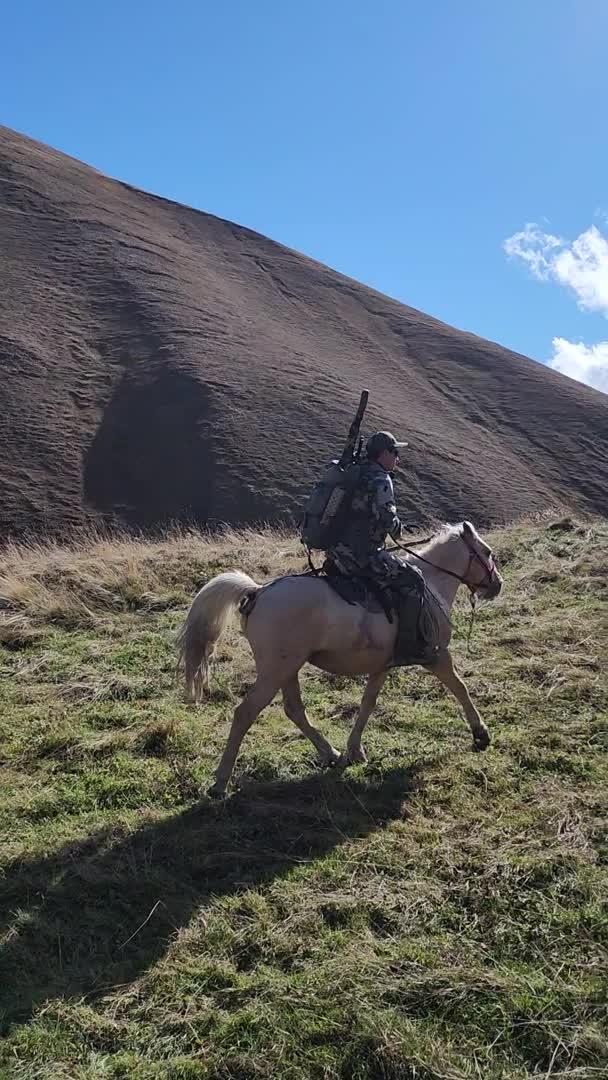
Caza en Tarapacá: Una Aventura de Altura Entre Especies Emblemáticas y Tradiciones Ancestrales en el Corazón del Mundo Andino Características geográficas y naturales de la región de Tarapacá para la caza La región de Tarapacá es conocida por su diversidad de paisajes, desde desiertos áridos hasta altiplanos de gran altitud. El desierto de Atacama, uno de los más áridos del mundo, ocupa gran parte de la región. Sin embargo, también hay oasis, valles y cordilleras que proporcionan hábitats únicos para la fauna. Las zonas altas, como los alrededores de los volcanes y los salares, albergan vicuñas, guanacos y otras especies de interés para los cazadores. Cazadores y demografía de la región No existen datos exactos sobre el número de cazadores en la región de Tarapacá, pero se sabe que la caza no es aquí una afición masiva. La mayoría de los cazadores son locales que cazan como oficio tradicional, así como extranjeros que vienen por los trofeos exóticos. En todo Chile hay unos 50.000 caza
Post: 16 June 08:08
















































